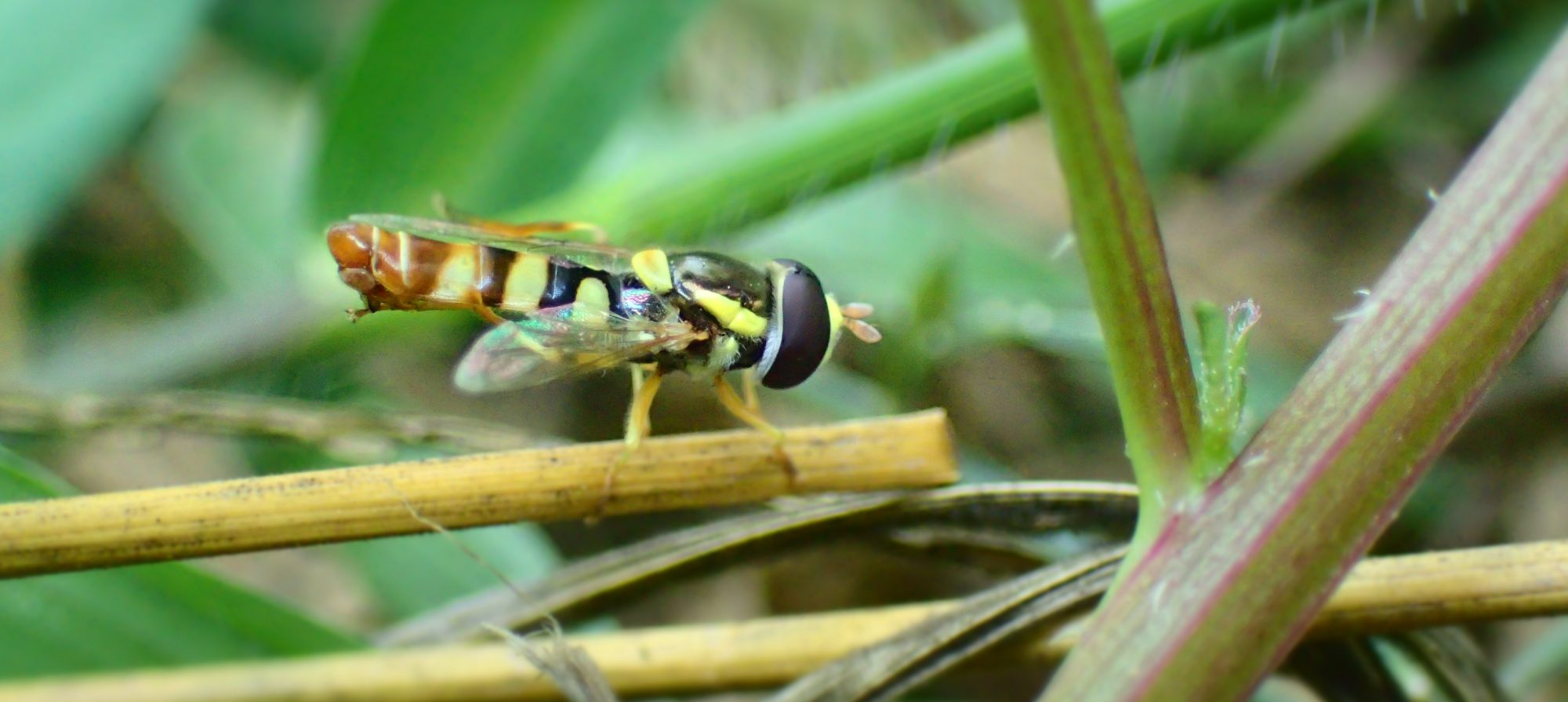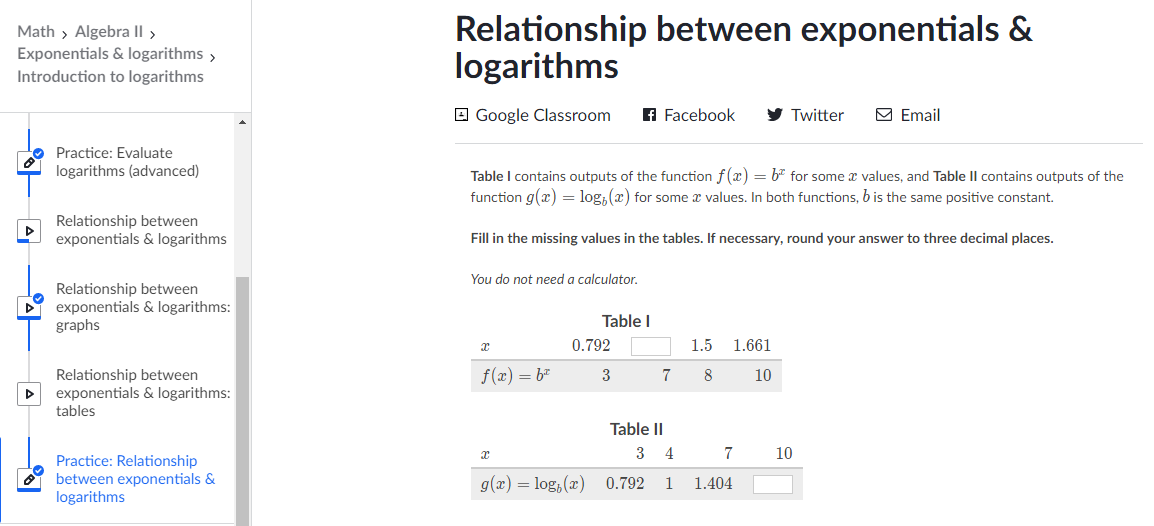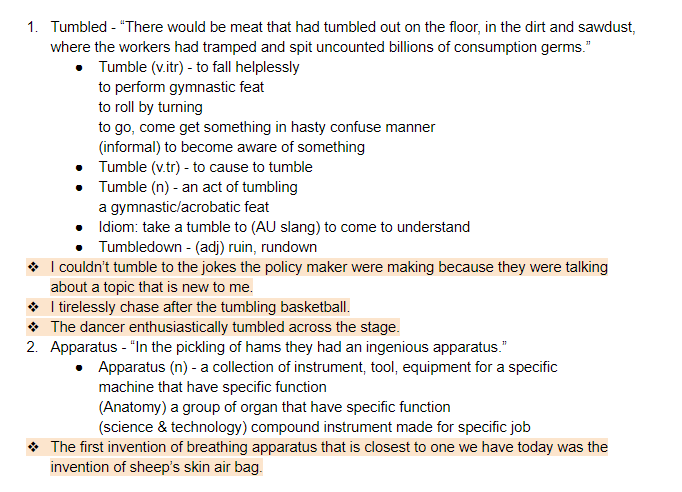The theme for English round three is identity. Because we are at the age to start planning our future and thinking about college, the aim of literacy this round is to start understanding more about ourselves and or course start writing college essays. In total, everyone wrote three essays, but choose only one that they think is the best and would get them into a college if they were to apply. The essay below is about my relationship with science. Enjoy reading!
Driving Force
Science has opened realms of understanding for humans ever since it came into existence. It is a way to explain concepts with proof and reasoning. But for me, it is beyond that. For me, science is more than a subject at school or a topic to discuss to sound nerdy. Science is part of me, that I still have yet to learn about. I am intrigued by science and especially intrigued by how it influences me.
In Cambodia, opinions of a child are seen as less important than the elder’s’. But science taught me to break that cultural barrier and have my voice be heard when I refused to drink honey with energy drink as replacement for a vaccine of a newly discovered hazardous disease that didn’t even affect Cambodia. Back then, even though I didn’t fully understand how vaccines work, I was able to piece information together and be an advocate for what I believe in.
Science taught me to make better choices in my life. That does not limit to only my choice of diet and lifestyle since it taught me to be a critical thinker. I’ve learned to ask questions and explore more than one side of a story or topic before picking my stance. I’ve become a critique of my own thought in choices and decisions making.
Science helps me cope with mortality and sometimes other personal matter. It explains death and the cycle of life in a way that is soothing and complete. It helps me stay calm and not freak out over physical symptoms that others may take as signs of lethal consequences. It helps me understand what healthy is and not diet to fulfil the beauty standard by the unspoken messages of society.
To name a few, these are only some ways science help shape my everyday life. Soon, it will too, shape my future. Science will help me to unlock doors to knowledge that will enable me to save lives of people who need medical care and empower science in my home country just like it has empowered me.







